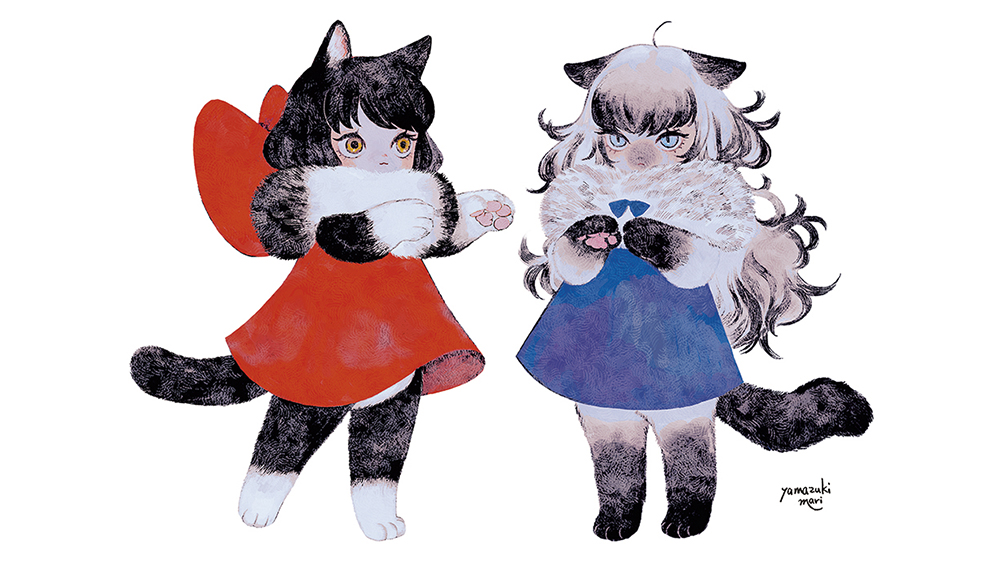Tobias van Schneider on taking things apart
From self-taught beginnings to product design at Spotify, Tobias van Schneider tells .net magazine about being a multi-disciplinarian, finding inspiration and moving to New York.
Let's start with an introduction.
"I'm Tobias: born in Germany, raised in Austria and living and working in New York City. I struggle to find the perfect 'job title', but like to explain myself as designer and maker. I will always design and create things, ranging from digital projects to almost everything in the physical space. I'm primarily motivated by solving problems and always questioning the status quo, which leads me to a lot of exciting challenges and projects most of the time."
How would you describe yourself?
"I see myself as a simple person. I'm someone who listens a lot to his gut, which has led me in a lot of interesting directions so far. Honesty and transparency are the most important values for me personally. Everything else is for people to decide.
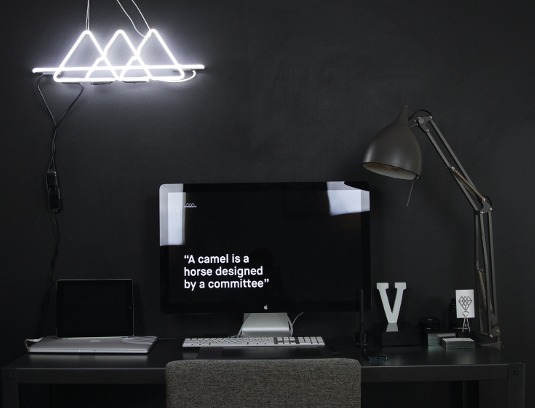
What does it mean to be a designer?
"For me, being a designer means taking control and seeing the world through my own eyes. In reality, everyone can do this and being a 'designer' usually just describes the people who (try) to take full control. It's interesting how broad the field of a designer is in reality. It's more than just visual design, and it's even more than just how something works.
"We can involve the work of designers in pretty much every single process and every single part of our lives. I never studied anything, or went to university, but if I could I would study psychology - because I think it's really close to what we do as designers."
What's your take on teaching yourself?
"It's actually pretty simple: everything started with just being curious. When I was a kid I used to take everything apart, ranging from computers to TVs and simple kitchen devices. Then I tried to put everything together again to see if I could make it work. When it comes to design and web development, I've always had pretty much the same approach. I still think almost everyone in this business is self-taught, even though some started with a more traditional education.
"For me it was pretty simple. I regularly take on jobs and challenges I have no experience in to ensure I continually learn by doing things I've never done before. Make big promises, stick with them and make sure to always deliver: that's my take on teaching myself."

And for fun? What are you making and doing?
"I love that question, because the answer is pretty much affected by being completely self-taught. My work and the things I do for fun are usually the same. I'm a lot into little side projects that challenge my brain on a daily basis. Other than that, I love to take my longboard around our Brooklyn neighbourhood, follow my new passion for being an amateur photographer and make sure that I travel a lot.
Daily design news, reviews, how-tos and more, as picked by the editors.
"I'm also into all different sorts of traditional print techniques, ranging from letterpress to silkscreen printing. Once in a while I try to come up with a personal project just to challenge myself and find a reason to get my hands dirty."
Was there a eureka moment when you found the web and a romance began?
"Kind of, yes. The main reason why I fell in love with the web was because of the people. This may sound a little strange, but I had absolutely no one in my city who was into hacking (my first passion) and, later, design. Instead of going out drinking with my work colleagues I would spend time with my 'real friends' on IRC channels, on TeamSpeak and on several forums.
"My eureka moment was just the fact that I found hundreds of people who shared my passion. The web basically gave me a blank canvas and invited me into a movement to define something big that hadn't existed before. No one was right, or an expert. It was like discovering a new planet with some friends."

You describe yourself as a multi-disciplinarian. As a freelancer is it better to be a laser-like specialist or a jack of all trades?
"That's always an interesting question. It depends on how you describe being a freelancer. I usually had direct client relationships and avoided working as freelancer for agencies. That's basically one of the reasons I was forced into being multi-disciplinary, covering a wide range of different fields as a designer. I like to laser-focus on one field for a specific project, but enjoy and appreciate the wide range of inspiration I get from all the other projects I do. Clients hire me because I'm focused on a multi-disciplinary approach. I don't support the idea of becoming a Jack of all trades, but we should always be flexible and adaptable as designers."
What's the best way to ask for critique?
"Usually there's a thin line between critique, criticism, feedback and of course constructive critique. We should always establish some basic rules before asking someone to give critique, especially on design work. Ask people specific questions and give them as much background as possible so they can give you quality critique, and not random feedback.
"It really comes down to what you're looking for. From my experience, I know that a lot of people struggle to get constructive criticism because they forget to set the rules first."
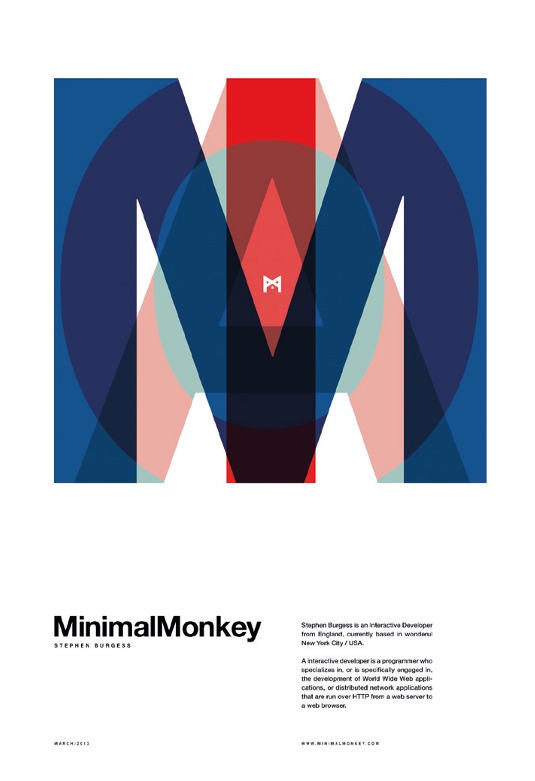
So, what's the most profitable way to give feedback to somebody who asks for it?
"Feedback is a little different than critique, because there are no rules. Giving someone feedback should - or can - be something purely emotional. I like to see feedback as something that's more based on your gut feeling and first impressions. It's about what you love, like, don't like or even hate. It's about the things that move you. When I give feedback, I like to keep it really top-level and make sure that I communicate how I feel about certain things and the reasons for that."
How do you find inspiration?
"Inspiration usually finds me, but I like to make sure I put myself into positions where that's most likely. Meeting a lot of new people, travelling a lot and trying a lot of things I haven't done before are some of the things that usually work quite well. I would love to know how, exactly, to find inspiration, but unfortunately I'm not there yet - and will probably never be - though I guess that's exactly the point. Although I can tell you one thing: force yourself to get lost and magic things will happen."
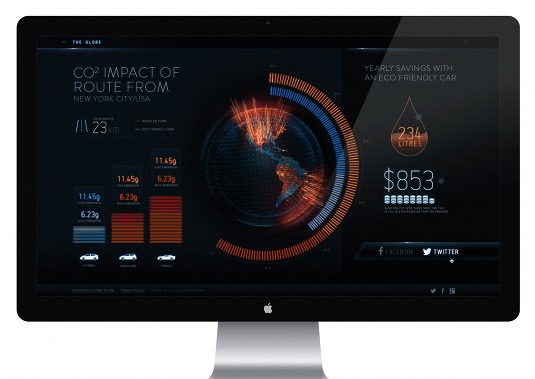
Looking across the web, who is impressing or inspiring you most right now?
"I'm highly inspired by industrial design and architecture in general. Working in the digital field, we can learn a lot from how [traditional] disciplines solved problems - years before we even started thinking about digital and interactive products. It's the same for more traditional graphics and artwork such as work by Stefan Sagmeister, Pentagram or Mother New York."
What's in your creative toolbox? Are you a sketcher, or purely digital from the word go?
"I'm pretty much both of them. It really depends on how much time I have, as well as what kind of project I'm working on. Especially when working on digital projects, I always start sketching in my Dot Grid Book from Creatives Outfitter/Behance, and then move to digital execution with the usual tools from Adobe."
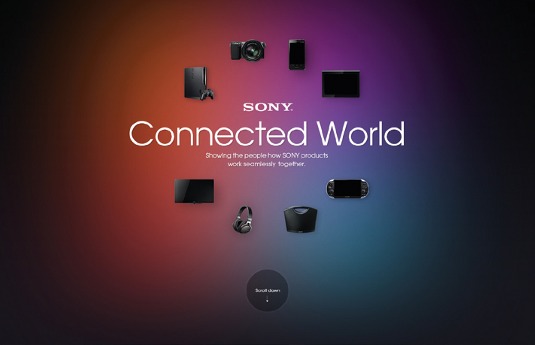
Which web technologies are really exciting you at the moment?
"It's a great time right now to work in digital and I'm excited about most of the new technologies that give us so many more options to push and make great things happen. Being more specific, WebGL inspires me the most right now, because the possibilities seem endless - especially when you're thinking about entertainment, games or educational apps that run right in your browser across multiple platforms."
What are the biggest refinements that you've made to your work processes?
"I'm still learning and adapting and I hopefully will always be. Pretty much my biggest refinement so far is to let go and trust my instincts. I describe myself as a perfectionist, and I've learned over time that I need to let go and find a balance between making something perfect and still shipping on time – even though it's hard sometimes because it's essentially in our nature as designers to keep on improving and evolving.
"Another big improvement for myself is that I stopped trying to answer all my emails, or read all my tweets or RSS feeds. It's not easy but it feels fantastic once you free your mind from thinking that you may miss something on the web."

What tips would you give your fellow Austrians about how to live and survive in the Big Apple?
"I'd tell them not to take anything for granted, because almost nothing is comparable to Austria. All the basic things that seem normal to you don't exist in New York - or are just completely different. It's an adventure."
Words: Martin Cooper
This article originally appeared in .net magazine issue 245.
Liked this? Read these!
- Discover how to start a business
- Check out these amazing creative business cards
- The ultimate guide to logo design
Where do you find inspiration? Tell us in the comments!

The Creative Bloq team is made up of a group of art and design enthusiasts, and has changed and evolved since Creative Bloq began back in 2012. The current website team consists of eight full-time members of staff: Editor Georgia Coggan, Deputy Editor Rosie Hilder, Ecommerce Editor Beren Neale, Senior News Editor Daniel Piper, Editor, Digital Art and 3D Ian Dean, Tech Reviews Editor Erlingur Einarsson, Ecommerce Writer Beth Nicholls and Staff Writer Natalie Fear, as well as a roster of freelancers from around the world. The ImagineFX magazine team also pitch in, ensuring that content from leading digital art publication ImagineFX is represented on Creative Bloq.
